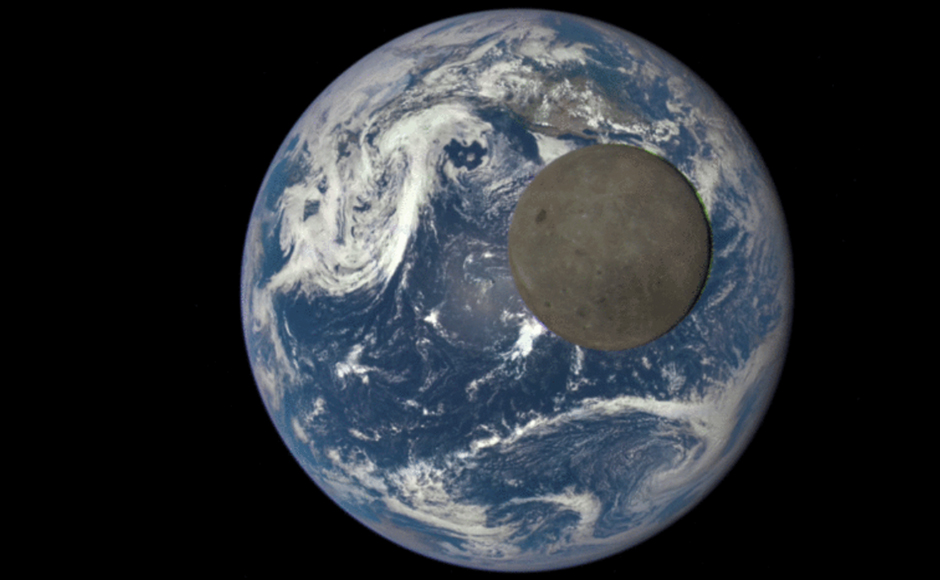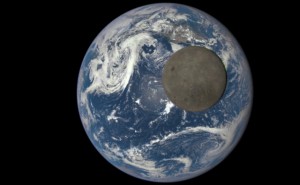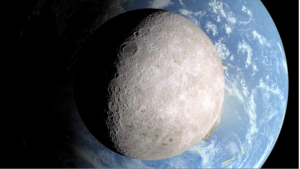
Nasa images the darker side of the Moon

From nearly 1 million miles,160,000 km away, a NASA’s Polychromatic imaging 4 megapixel CCD camera and telescope aboard the Deep Space Climate Observatory (DSCOVR) satellite has captured a stunning view of the far side of the moon as it moved in front of the sun-lit side of Earth last month.
The images show the fully illuminated A‚’dark sideÂ’ of the moon that is never visible from Earth. The lunar far side lacks the large and dark basaltic plains (called maria) that are so prominent on the Earth-facing side. A thin sliver of shadowed area of moon is visible on its right side. ‘It is surprising how much brighter Earth is than the moon. Our planet is a truly brilliant object in dark space compared to the lunar surface,Â’ said said Adam Szabo, project scientist at NASA’s Goddard Space Flight Centre in Greenbelt, Maryland. EPIC maintains a constant view of the fully-illuminated Earth as it rotates, providing scientific observations of ozone, vegetation, cloud height and aerosols in the atmosphere. The far side of the moon was not seen until 1959 when the Soviet Luna 3 spacecraft returned the first images. Since then, several NASA missions have imaged the lunar far side in great detail. The same side of the moon always faces an earthbound observer because the moon is tidally locked to Earth. That means its orbital period is the same as its rotation around its axis. Once EPIC begins regular observations next month, NASA will post daily colour images of Earth to a dedicated public website. About twice a year, the camera will capture the moon and Earth together as the orbit of DSCOVR crosses the orbital plane of the moon.

